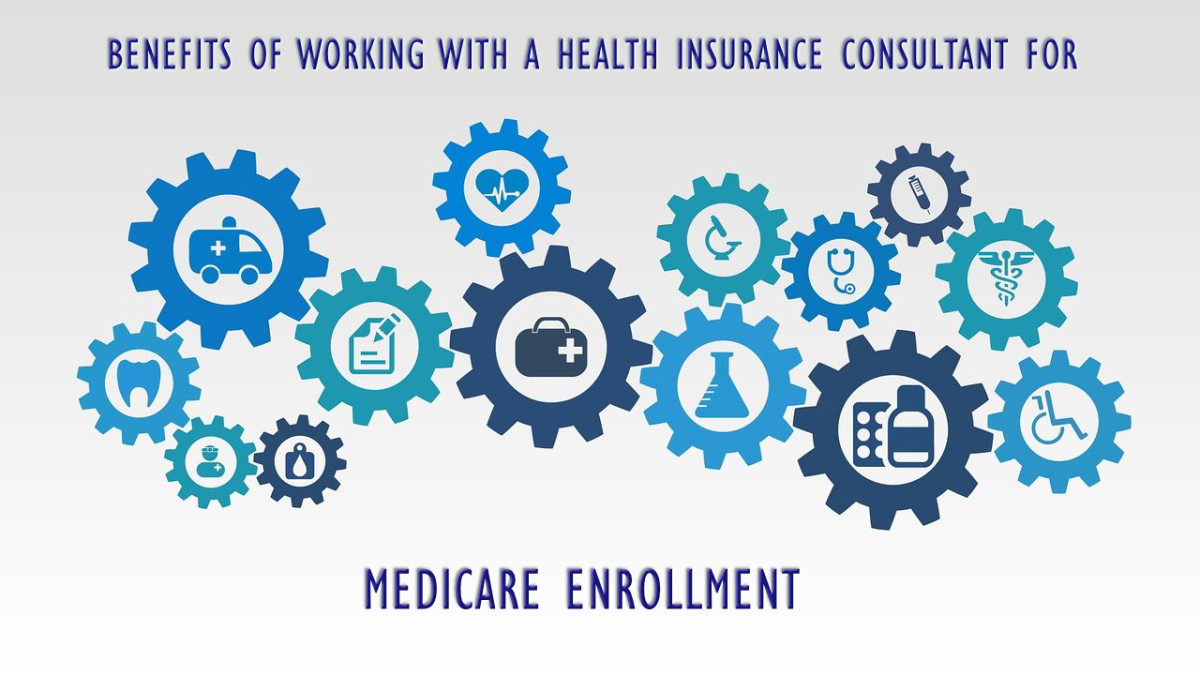Growing Healthcare Costs in the Us: What Are the Driving Forces?

US Healthcare Industry: An Overview
The healthcare costs in the US are much higher when compared to many other developed countries. In fact, Japan and the UK achieve the same or better healthcare delivery by spending nearly half the amount paid by the US (Hixon, 2012). As per the data presented by Kaiser Family Foundation (2010), between 1980 and 2008, the US healthcare costs rose eightfold from $253 billion to $ 2.3 trillion and stood at around 16.2% of the GDP. The rapid growth of healthcare costs, in a period of economic slowdown, is causing considerable strain on the federal budget. Premiums for employer-sponsored health programs have increased at higher rates than wages and inflation (Kaiser Family Foundation, 2010). Citizens are forced to cut expenses in other vital areas to pay the higher costs of healthcare. The government also has to divert funds from other critical areas like infrastructure, education and public safety. It is also estimated that 20 to 30% of the health care spending is wasteful and does not serve any purpose. Considering that the government is making reforms to extend the coverage to a maximum number of citizens, the increased health cost is unsustainable, and the country needs drastic measures to contain it.
Major Contributors to US Healthcare Costs
Though various factors have contributed to the escalation of healthcare costs, significant among them are technology and prescription drugs, chronic disease, aging of the population and administrative expenses. Availability of newer technology increases the cost of care by requiring higher payments to recoup the costs of development, and also by creating additional demand for more intense high-tech care that may not be necessary for treating the disease. Just because higher technology is available, doctors and patients tend to use it irrespective of necessity. Another major factor is the increasing use of prescription drugs. There is a growing tendency for the doctors to advise and patients to demand prescription drugs. However, there is a decrease in this trend during the recent years.
Advancement of medical technology has resulted in increased lifespans. The baby boomers are nearing their retirement age. The number of retired persons requiring medical care is rising considerably as also the enrollment in Medicare. Two-thirds of adults in the US are either overweight or obese and nearly half the population is afflicted by chronic diseases like asthma, heart diseases or diabetes which require regular and life-long treatment. Many of the people who enjoy the extended lifespan need proper treatment and care in nursing homes and hospitals. As the number of such people increases, the associated health costs also increase. 75 % of the healthcare costs are for treatment of chronic diseases. Healthcare expenses are bound to grow as the person ages, but this may not contribute very significantly to the increasing healthcare costs. It is the segment of the population with a chronic illness that adds to higher healthcare spending. Administrative costs account for about 7% of the healthcare costs, which is quite considerable.
Another significant reason for the high healthcare cost is the fact that the pricing in the US is not controlled by the state as is the case in many other developed countries. Also, the payments are per unit of service instead for the effectiveness or results of the treatment. That means the provider will be paid more for more visits, consultations, scans, etc. This condition leads to a tendency to conduct repeated diagnostic procedures involving additional avoidable costs. US doctors are generally not content to be general practitioners but go for specializations. This trend results in a high ratio of specialists to general practitioners. Consolidation of medical services, while improving efficiency, may also limit the customer choices and lead to a monopolistic situation, further contributing to increased costs.

Availability of newer technology increases the cost of care by requiring higher payments to recoup the costs of development, and also by creating additional demand for more intense high-tech care that may not be necessary for treating the disease
The demand for expensive health plans with richer benefits has also increased as a result of employer-initiated schemes with tax concessions for both the employer and employee. In the absence of a broad standard for evaluating individual treatments, patients are often in the dark as to what treatment will be best for them. Often ineffective therapies are applied for a long duration before a consensus emerges on its futility. Some patients would like to make all attempts to delay death by using expensive medical interventions, though the chances of success may be minimal. It becomes much more comfortable with higher insurance cover. Expensive tests and treatments are sometimes resorted to by doctors to avoid lawsuits claiming insufficient attention
Impact of Prescription Drugs on Healthcare Costs
Prescription drugs have a vital role in healthcare as they help to prevent and treat illness and to avoid more complicated medical conditions. The widespread use of prescription drugs had the effect of increasing costs. Newer and more effective drugs command a premium in the market which may gradually reduce over the patent duration. As Lundy (2010) points out, spending on prescription drugs can be decreased by bargaining for discounts and rebates by healthcare providers and also by prescribing them only when generic drugs would not suffice.

Role of Physician and Patient in Healthcare Spending
Though there is a widespread belief that physicians drive healthcare spending by advising unnecessary tests and procedures, statistics clearly show that this is not true. As Goodman and Norbeck (2013) report, only around 10% of the healthcare spending goes to the physician. The remaining 90% goes to hospitals and device manufacturers. There may be a few unscrupulous physicians who take commissions on referrals, but the majority of them do not have such motives. Many times, the cost of procedures go up when the physician’s practice is purchased by a hospital (Goodman & Norbeck, 2013).
The patients have a significant role in pushing the healthcare costs. There is a lack of serious effort on the part of citizens to live healthily. The food habits and lifestyles of the majority of US citizens pave the way for the majority of chronic illnesses. The reassurance that cost of treatment will be met by insurance probably makes them indifferent to the health risks associated with excessive eating and sedentary habits. Even after an episode of treatment, many patients do not heed the doctor’s advice and go back to their old ways. This condition leads to repeated admissions and wasteful spending. Use of tobacco and drugs and excessive consumption of alcohol leads to diseases which take up a considerable portion of the funds allotted to health care sector. Patients also tend to demand the most expensive treatments as they feel they are entitled to it by insurance.
Measures to Contain the Medical Costs
The reforms forming part of the Affordable Care Act (ACA) have helped to decrease the overall healthcare spending. The Accountable Care Organization model and private sector accountable care contracts have resulted in the more efficient delivery of healthcare. Moving away from fee-for-service payments to a bundled payment for comprehensive treatment packages improves quality of care and tends to reduce readmissions. Hospital Readmissions Reduction Program (HRRP) proposes to levy penalties from hospitals for excessive readmissions of Medicare patients. This bundled payment option can help to coordinate and integrate inpatient, outpatient and post-acute treatments service provision at much lower costs.
Obama’s initiatives to give incentives for efficient working and consequent cost reductions and levy penalties for lousy care may have resulted mainly a decline in the admissions among Medicare patients by 150,000 between January 2012 and December 2013. The bundled payment initiative has resulted in the clinics avoiding unnecessary medications and tests and also bargaining with drug companies for best deals.
. The fragmented payment system and the market power wielded by multiple insurers tend to increase costs. There is a need to negotiate and contain the rates within global targets. Monitoring and public reporting of quality and basing of incentives on quality and efficiency will motivate providers to give quality service at lower costs. Market forces should be allowed to operate, and competition among manufacturers should bring the prices down. Competitive bidding should be resorted to for all equipment and supplies in the healthcare sector. This situation by itself should reduce the costs to a great extent. Prices should be fully transparent, and consumers should be encouraged to be price conscious. By providing full information on cost and quality of private as well as public providers, consumers can be motivated to make informed choices and also be rewarded for choosing providers giving high-quality service at lower cost.
By reducing the use of paper and depending more on electronic data we can reduce administrative costs. A centralized, integrated recording system can avoid multiple entries of the same information for different insurers and providers. All users can retrieve patient and provider data from the centralized data bank. Currently, nonphysician providers are not allowed to practice to the fullest extent of their training. Trained nurses are allowed to practice only under the supervision of a physician. Judiciously relaxing this requirement will increase the availability of more providers at a lesser cost.
Physicians tend to self-refer patients to a facility in which they have financial interests. Though there is a ban on the referral of Medicare and Medicaid patients to such facilities some loop-holes allow the physicians to provide in-house ancillary services. Laws should be amended to plug these loop-holes.
As Emanuel, Tanden and Altman et al. (2012) point out, many of the physician's’ practice “defensive medicine”; and there is a 75% risk for a physician of being sued for malpractice during his career. Whether this may result in liability or not, physicians tend to practice defensive medicine and result in increased costs without improving quality. A strategy to overcome this may be to provide a safe harbor, in which the physicians would not be liable if they used qualified health technology systems and practiced evidence-based clinical methods.
Prevention Strategies to Reduce Costs
The costs of treating illnesses and ways to reduce them have been discussed at length by researchers and analysts. However, the most significant and effective method to reduce healthcare costs is to prevent diseases in the first place. Sometimes it appears as though the system is more worried about a situation where the doctors will be jobless due to lack of patients. Following are some of the proven and time-tested rules to maintain good health:
Eating healthy and nutritious food
Fried and processed foods are bad. Fresh, steamed food, raw vegetable salads, fruits, etc. do much good for our body. Eating a balanced diet will ensure the assimilation of all the required nutrients. Consumption of fast foods should be kept to a minimum. If the physicians continuously advise their patients regarding the dangers of wrong food habits, it will have a positive impact on health and healthcare spending.
Healthy mind, healthy body
The fast and competitive modern lifestyle introduces many tensions. It is necessary to make people understand the need for slowing down and taking life much more efficiently.
Exercise and yoga
The benefits of regular exercise or yoga are beyond doubt. It may be a good idea to offer insurance with lesser premiums for persons who maintain their fitness. Persons undergoing treatment in hospitals can be educated about the importance of exercise, so that they may be motivated to lead a healthier life after discharge.
Alcohol and drug abuse
Many sicknesses are attributable to alcohol consumption and drug abuse. Constant interventions in this area will give rich dividends.
Final lines.........
Healthcare costs in the US have been much higher compared to other developed countries, without corresponding benefits regarding quality. Injudicious use of high technology, chronic lifestyle diseases, unscientific payment methods, lack of competitive pricing and lack of customer awareness are some of the reasons for the escalation of costs. The Affordable Care Act appears to have succeeded in reining in the costs to some extent. However, there is much more to perform to reduce the healthcare costs substantially, so that the funds saved can be utilized for important sectors like education and infrastructure. There is a very vast untapped potential for disease prevention. By promoting healthy living, the government can ensure substantial savings in the federal funds for healthcare.
References
Emanuel, E. , Tanden, N & Altman, N et al. (September 12, 2012). A Systemic Approach to Containing Health Care Spending. The New England Journal of Medicine. Retrieved from http://www.nejm.org/doi/full/10.1056/NEJMsb1205901#t=article
Goodman, L. & Norbeck, T. (October 3, 2013). Who’s To Blame For Our Rising Health Care Costs? Forbes. Retrieved from http://www.forbes.com/sites/physiciansfoundation/2013/10/03/whos-to-blame-for-our-rising-healthcare-costs/
Hixon, T. (March 1, 2012). Why Are U.S. Health Care Costs So High? Retrieved from http://www.forbes.com/sites/toddhixon/2012/03/01/why-are-u-s-health-care-costs-so-high/
Kaiser Family Foundation. (2010). U.S. health care costs: Background brief. Retrieved from http://www.kaiseredu.orgflssue-Modules/US-Health-Care-Costs/Background-Brief.aspx








